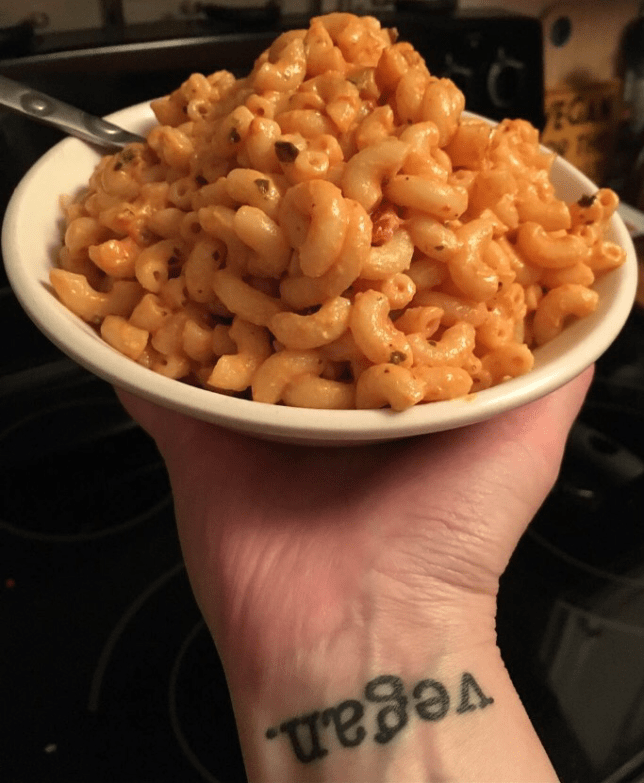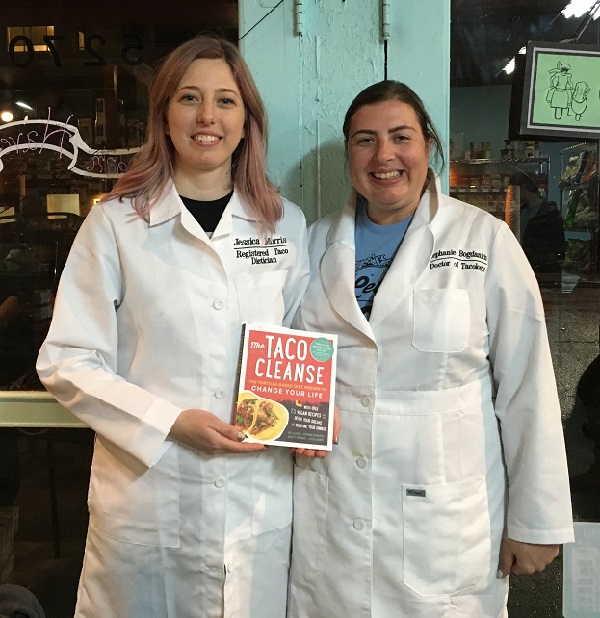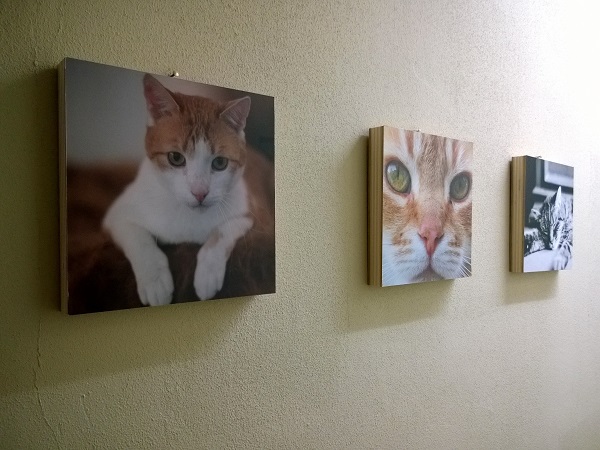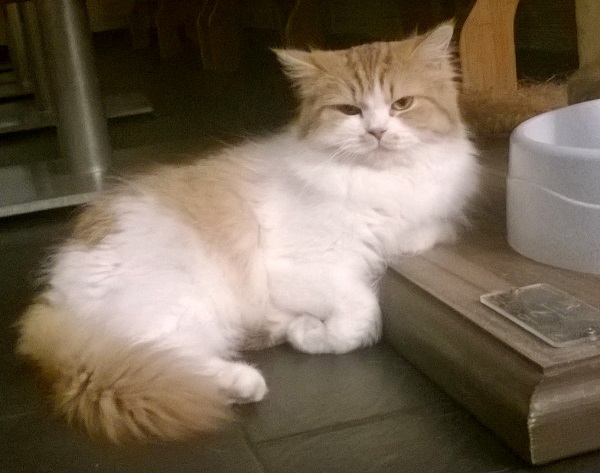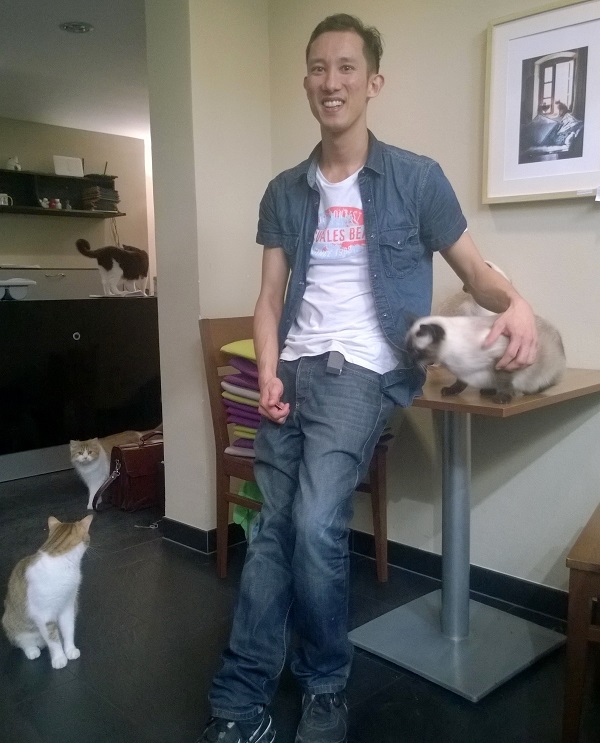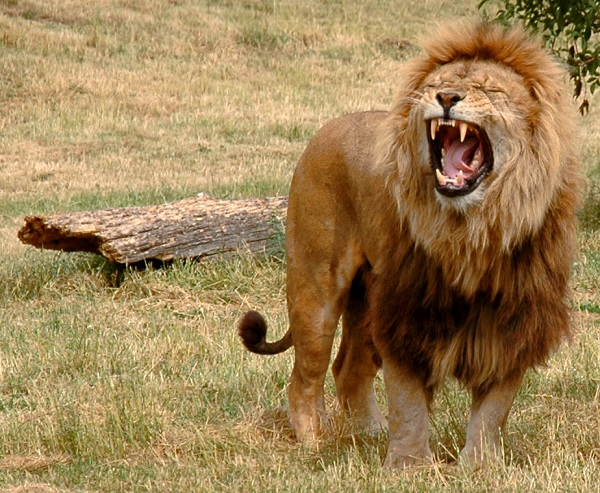I just came back from a great trip to Germany. Visiting family was part of the reason for my visit, but going to Berlin and checking out Vegan Street was a big reason too. I visited a few cities and was impressed with all of them.
Stuttgart
Before I arrived in Stuttgart my mom and some of our family got to check out a vegan restaurant on my list: Körle und Adam. They loved the food, and the cosy atmosphere of the restaurant. Their website is in German, but even if you can’t read the words, you’ll drool over the food and cheer on the rescued animals in the photos from Hof Butenland and Erdlingshof—local animal sanctuaries.
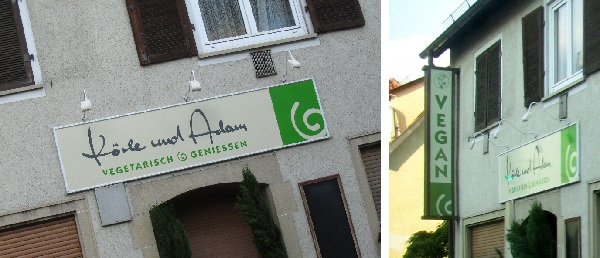
I had a family dinner at another vegan restaurant, Coox & Candy. Their vegan version of the traditional spätzle dish was phenomenal. All my relatives were happy with how delicious and filling their vegan meals were, and a few even took animal rights pamphlets that were available on the way out.
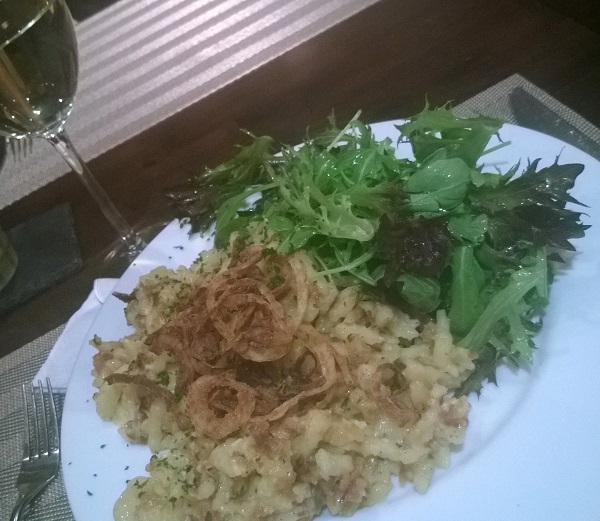
München
I was excited to visit München (also known as Munich). First stop Max Pett, an organic vegan restaurant that my aunt discovered while searching online for vegan restaurants. We ate outside on the patio and enjoyed delicious fare, including veganized versions of typical Bavarian desserts.

The next day we visited Veganista, a vegan boutique. Owner Rahel welcomed us to her adorable little shop and I ended up buying an armful of clothing, including vegan suede booties by Good Guys Don’t Wear Leather and tops and a dress by German vegan eco brand Armed Angels.

After shopping, my mom, aunt and cousin ate at Café Katzentempel, a vegan cat café! In the café, we met the six resident rescued cats, and filled our bellies with cruelty-free food.

Berlin
Berlin is a vegan mecca. There are countless vegan restaurants and over 300 omni places have clearly marked vegan items on their menus. Organic markets are everywhere and they all have amazing vegan items—from salad dressing to plant-based liverwurst.
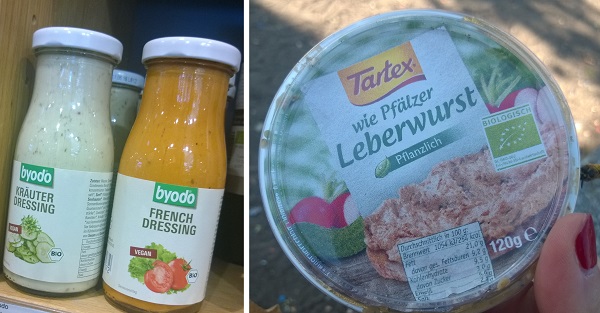
We arrived just in time for a monthly vegan social, Berlin Vegan Drinks. We were welcomed to the event and got to chat with the organizers as well as several attendees. The vegan BBQ hit the spot.

Fast Rabbit was a few blocks away from our AirBnb, guaranteeing that I could start each morning with a soy latté and vegan baked goodie.

My mom and I splurged on a fancy Saturday evening dinner at Lucky Leek. We had a three-course prix fix meal and reveled in the ambience. We compensated the next night by walking to the simple, yet delicious Vego Foodworld, where we had an inexpensive dinner or salad and vegan schnitzel.
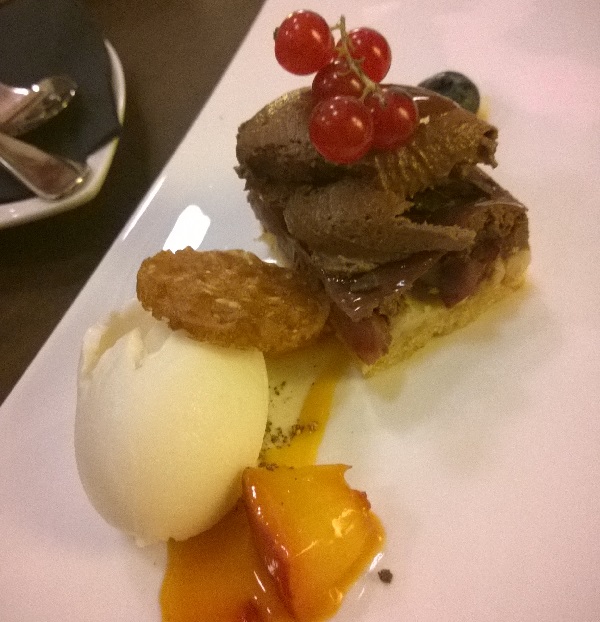

Vegan Street, or Schivelbeinerstrasse on the map, is a vegan’s delight. With Veganz grocery on the corner, complete with a Goodies bakery inside, and DearGoods vegan clothing and Avesu vegan shoes all side-by-side, we were in vegan heaven. We bought vegan hazelnut spread at Veganz (eat your heart out, Nutella), and ate bagels with faux egg salad out on the picnic tables in front of the store. I found a cute pair of vegan shoes next door, and bought a couple of fair-trade, organic tops from Armed Angels and Wunderkwerk.
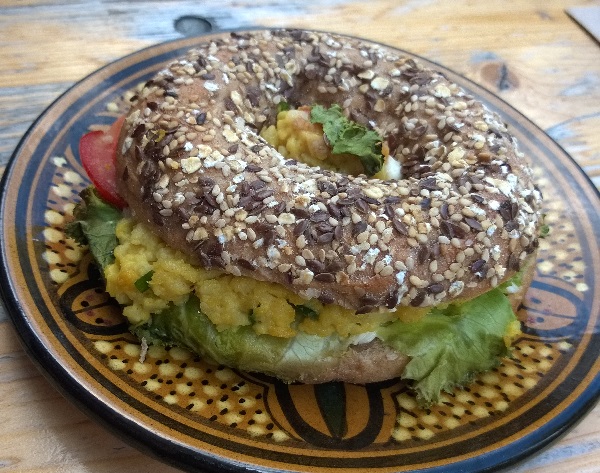
On our way to another vegan eco boutique, Loveco, an animal rights parade marched down the street! I took a flier advertising the documentary Earthlings, and learned about the upcoming Vegan Fest (which sadly I had to miss).
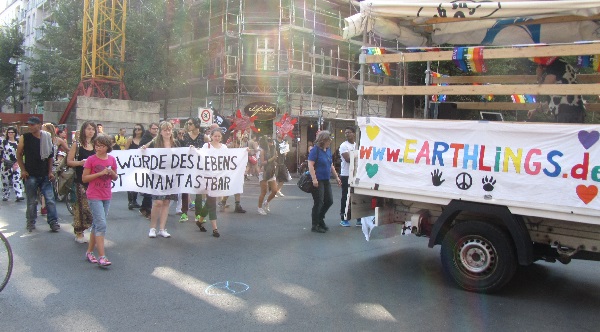
We did make it to Kontor Eis before it was time to head home. Kontor is an all-vegan ice cream shop with a terrific assortment of vegan ice cream and sorbets—and a great vegan message!

If you plan a trip to Germany, you shouldn’t have trouble finding vegan food. People know the word “vegan,” and in Berlin, almost everyone speaks English. Happy Cow will help you find vegan food, and Bio Markets (bio meaning organic) have a ton of vegan options.
In Drogeries (drugstores) like DM, cosmetics and beauty products are clearly labeled and often have a V or the logo of The Vegan Society on them. Plus, in 2009, EU nations banned testing cosmetic on animals. In 2013 they stopped importing products developed with the use of testing on animals. Still, the vegan symbol will ensure the products you buy don’t have animal ingredients.

This was a whirlwind overview of my trip so I’ll be diving in deeper to share with you all the details of food, cats and vegan shoes in upcoming posts.

